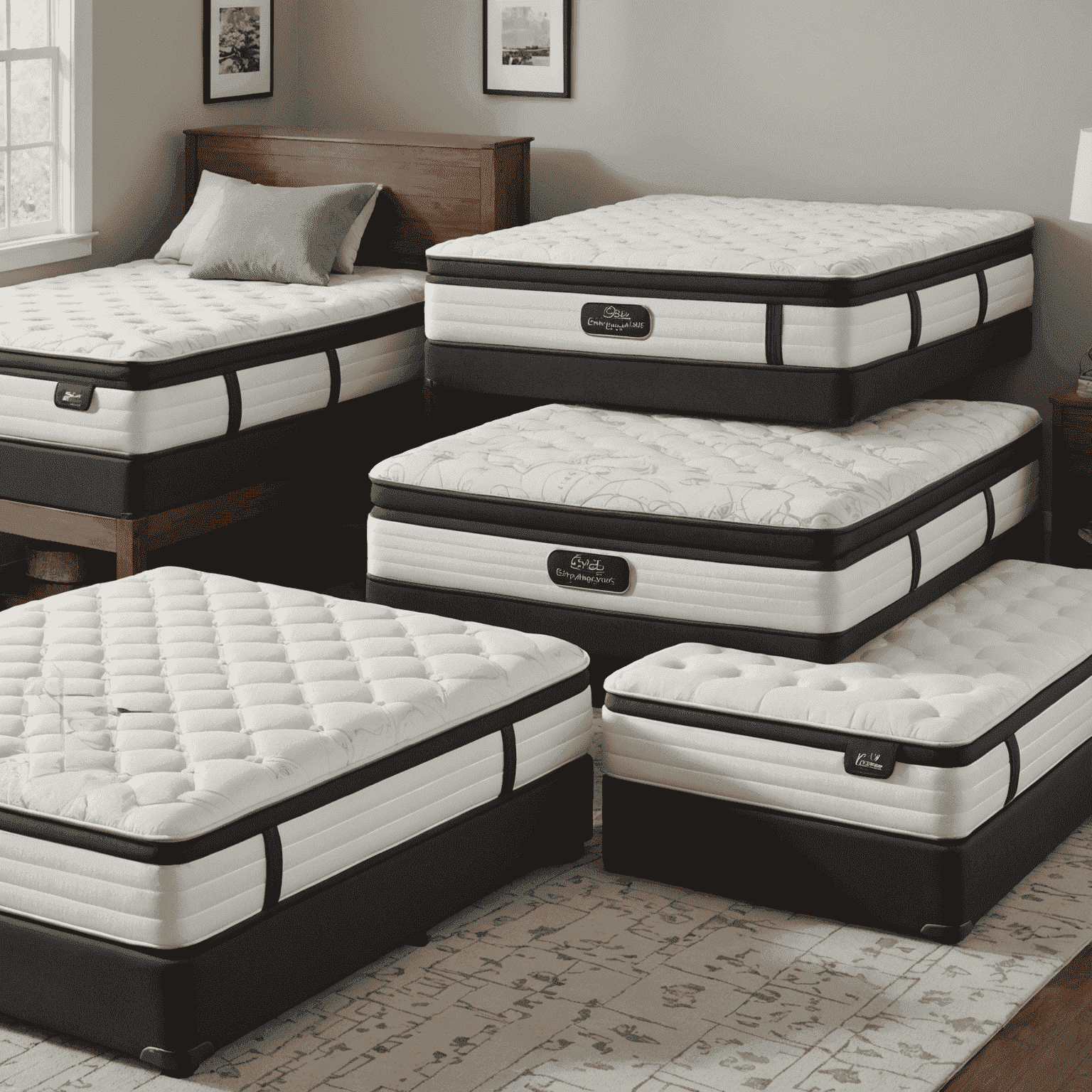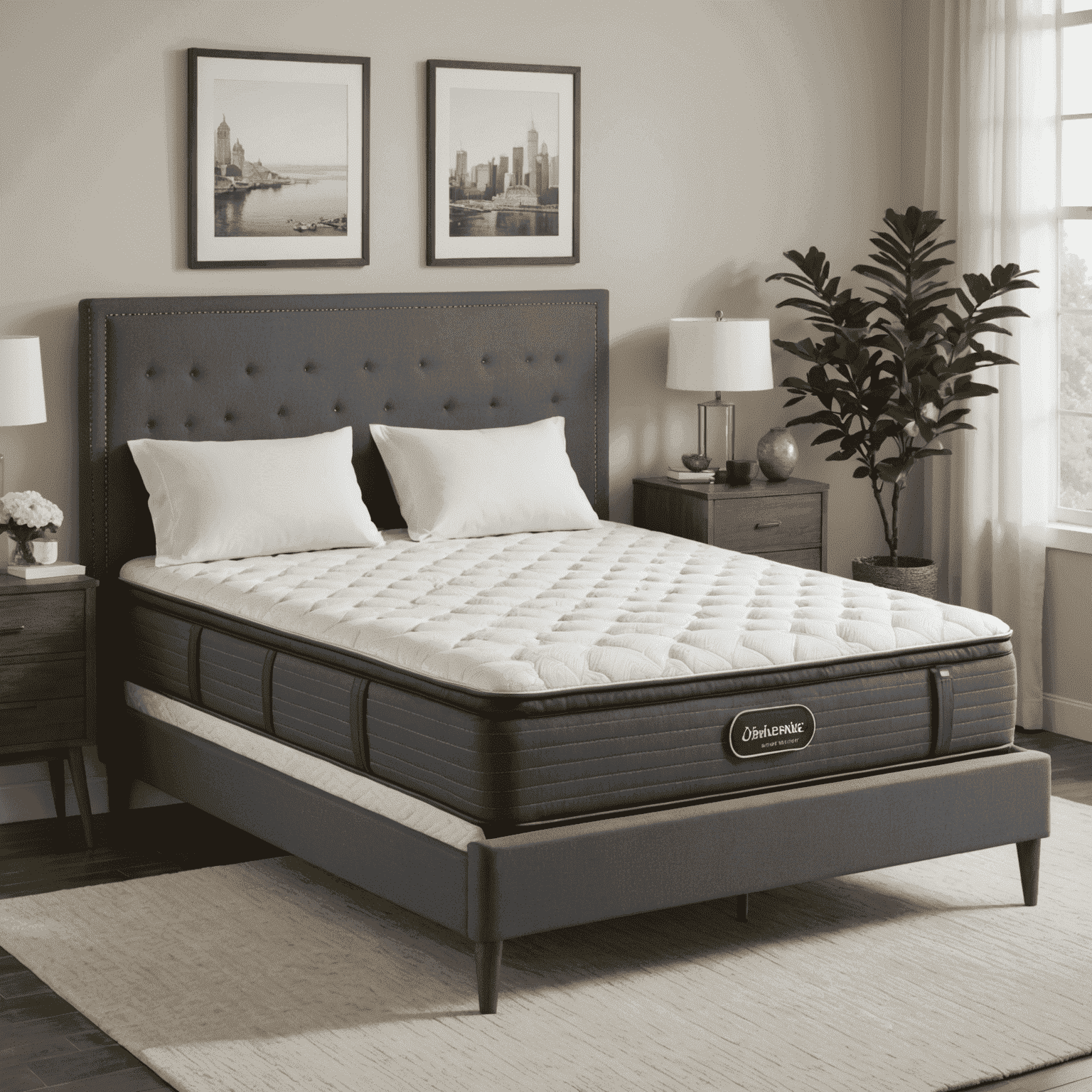Mattress Longevity: Comparing Durability Across Types

When investing in a new mattress, understanding the longevity and maintenance requirements of different types can help you make an informed decision. Let's dive into the durability of spring, non-spring, and memory foam mattresses.
Innerspring Mattresses
Traditional innerspring mattresses have been a staple in bedrooms for decades. Their durability typically ranges from 5-10 years, depending on the quality of materials used.
- Pros: Good air circulation, responsive bounce
- Cons: Potential for sagging over time, noise as springs wear
- Maintenance: Rotate every 3-6 months to ensure even wear
Memory Foam Mattresses
Memory foam mattresses have gained popularity for their pressure-relieving properties. They generally last 8-10 years with proper care.
- Pros: Excellent pressure relief, minimal motion transfer
- Cons: Can retain heat, potential for body impressions over time
- Maintenance: Rotate every 6 months, use a mattress protector to prevent stains
Latex Mattresses
Latex mattresses, a popular non-spring option, are known for their durability and can last up to 15 years or more.
- Pros: Highly durable, naturally resistant to dust mites and mold
- Cons: Higher initial cost, can be heavy to move
- Maintenance: Rotate occasionally, spot clean as needed
Hybrid Mattresses
Hybrid mattresses combine innerspring support with foam comfort layers, offering a balance of durability and comfort. They typically last 7-10 years.
- Pros: Combines benefits of both innerspring and foam
- Cons: Can be more expensive, potential for component degradation
- Maintenance: Rotate every 3-6 months, use a mattress protector

Factors Affecting Mattress Longevity
Several factors can impact the lifespan of any mattress type:
- Quality of materials and construction
- Body weight and sleeping habits
- Proper maintenance and care
- Environmental factors (humidity, temperature)
Signs It's Time to Replace Your Mattress
Regardless of the type, consider replacing your mattress if you notice:
- Visible sagging or indentations
- Increased allergies or asthma symptoms
- Waking up with aches and pains
- Noticeable decrease in sleep quality
When comparing mattress types, consider not only the initial comfort but also the long-term durability and maintenance requirements. By understanding these factors, you can choose a mattress that provides comfort and support for years to come, ensuring better sleep and overall well-being.